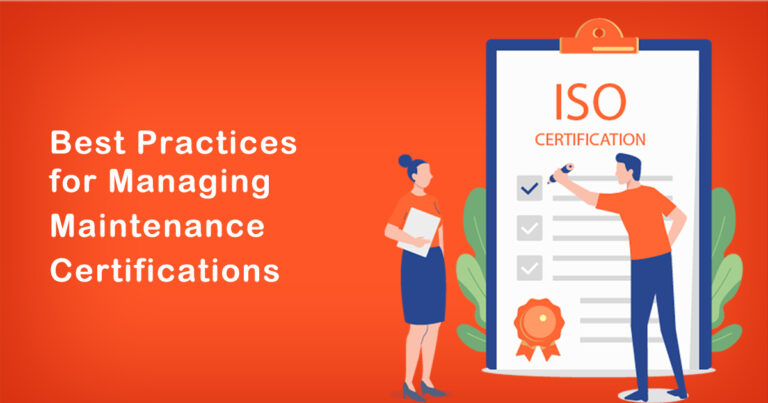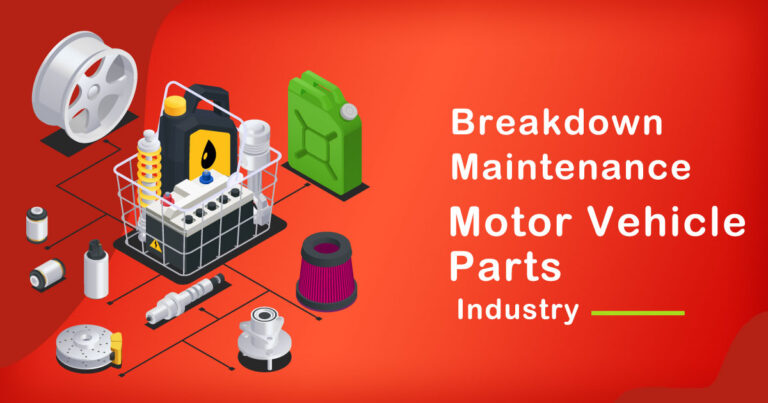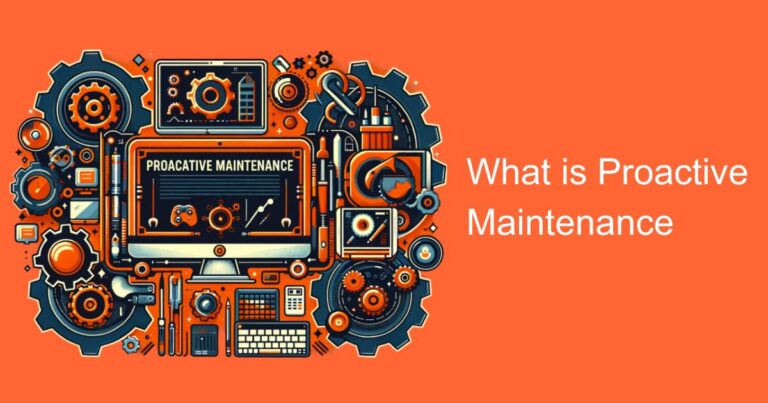Introduction
Maintenance training is an essential part of any organization’s overall maintenance program. It ensures that maintenance personnel have the knowledge and skills they need to perform their duties effectively and safely. However, managing maintenance training can be a challenging task. In this article, we will discuss some best practices for managing maintenance training that can help organizations optimize their training efforts.
1. Develop a training program
The first step in managing maintenance training is to develop a comprehensive training program. This program should include an overview of the maintenance function, the roles and responsibilities of maintenance personnel, and the specific skills and knowledge that personnel need to perform their duties. The program should also include a detailed training schedule and a list of resources that will be used to deliver the training.
2. Conduct a training needs analysis
Before implementing a training program, it is essential to conduct a training needs analysis. This analysis should identify the specific skills and knowledge gaps that exist among maintenance personnel. This information can then be used to develop a targeted training program that addresses these gaps and provides personnel with the skills and knowledge they need to perform their duties effectively.
3. Use a variety of training methods
To ensure that training is effective, it is important to use a variety of training methods. This can include on-the-job training, classroom training, e-learning, and workshops. Using a mix of training methods ensures that personnel are engaged in the training process and can apply what they have learned in a variety of situations.
4. Ensure that training is ongoing
Maintenance training is not a one-time event. It is an ongoing process that requires continuous improvement and refinement. To ensure that personnel are up-to-date with the latest maintenance techniques and practices, it is important to provide ongoing training opportunities. This can include refresher courses, advanced training, and cross-training.
5. Measure the effectiveness of training
To ensure that training is effective, it is important to measure its impact. This can include assessing the knowledge and skills of personnel before and after training, conducting job performance evaluations, and soliciting feedback from personnel. By measuring the effectiveness of training, organizations can identify areas for improvement and make adjustments to their training program as needed.
6. Encourage participation
To ensure that training is effective, it is essential to encourage participation. This can include setting training goals and objectives, providing incentives for participation, and creating a culture of continuous learning. By encouraging participation, organizations can ensure that personnel are engaged in the training process and are motivated to apply what they have learned.
Conclusion
In conclusion, managing maintenance training is essential for ensuring that maintenance personnel have the skills and knowledge they need to perform their duties effectively and safely. By following these best practices, organizations can optimize their training efforts and ensure that personnel are up-to-date with the latest maintenance techniques and practices.








